Contents
Foreword
Preface
1 Introduction
1.1 Applications of RF and microwave filters
1.2 Ideal lowpass tilters
1.3 Minimum phase networks
1.4 Amplitude approximation
1.5 Practical realisations of microwave filters
1.6 Summary
1.7 References
2 Basic network theory
2.1 Linear passive time-invariant nciworks
2.1.1 Linearity
2.1.2 Time invariance
2.1.3 Passivity
2.1.4 The bounded real condition
2.2 Losslcss networks
2.3 Ladder networks
2.4 Synthesis of two-port networks - Darlington synthesis
2.4.1 Cascade syntlicsis
2.4.2 All-pole networks
2.5 Analysis o f two-port networks - the ABCD matrix
2.6 Analysis of two-port networks - the scattering matrix
2.6.1 Relationships between ABCD parameters and S parameters
2.7 Even- and odd-mode analysis of symmetrical networks
2.8 Analysis by image parameters
2.9 Analysis of distributed circuits
2.10 Summary
2.11 References
3 Designs of lumped lowpass prototypc networks
3.1 Introduction
3.2 The maximally flat prototype
3.2.1 Impedance inverters
3.3 The Chebyshev prototype
3.4 The elliptic function prototype
3.5 The generulised Chebyshev prototype
3.6 Filters with specified phase and group delay characteristics
3.6.1 The maximally flat group lowpass prototype
3.6.2 The equidistant linear phase approximation
3.6.3 Combined phase and amplitude approximation
3.7 Filters with specified time domain characteristics
3.8 Synthesis of generliszed Chebyshev filters
3.8.1 Synthesis of generalised Chebyshev prototypes with
synmetrically located transmission zeros
3.8.2 Synthesis of generalised Chebyshev prototypes with
laclder-type networks
3.8.3 Asymmetrically located transmission zeros
3.9 Summary
3.10 References
4. Circuit transformations on lumped prototype networks
4.1 Introduction
4.2 Impedance transformations
4.2.1 Example
4.3 Lowpass toaritrary cut-off frequency lowpass transformation
4.3.1 Example
4.4 Lowpass to highpass transformation
4.4.1 Example
4.5 Lowpass to bandpass transformation
4.5.1 Example
4.5.2 Nodal Admittance matrix scaling
4.6 Lowpass to bandstop transformation
4.6.1 Design example
4.7 Effects of Losses on bandpass filters
4.8 Practical procedures
4.8.1 Measurement of input coupling
4.8.2 Measurement of inter-resonator coupling
4.8.3 Measurement of resonator Q factor
4.9 Summary
4.10 References
5 TEM Transmission line filters
5.1 Commesurate distributed circuits
5.2 Stepped impedance unit element prototypes
5.2.1 Physical realisation of stepped impedance lowpass filters
5.3 Broadband TEM filters with generalized Chebyshev characteristics
5.3.1 Generaliszed Chebyshev highpass filters
5.4 Paralllel coupled transmission lines
5.5 The interdigital filter
5.5.1 Design example
5.5.2 Narrowband interdigital filters
5.5.3 Deesign example
5.5.4 Physical design of the interdigital filter
5.6 The combline filter
5.6.1 Design example
5.6.2 Tunable combline filter
5.7 The parallel coupled-line filter
5.8 Narrowband
5.9 Summary
5.10 References
6 Waveguide Filters
6.1 Introduction
6.2 Basic Theory of waveguides
6.2.1 TE Modes
6.2.2 TM Modes
6.2.3 Relative cut-off frequencies of modes
6.2.4 Rectangular waveguide resonators
6.2.5 Numerical example
6.2.6 Spurious resonances
6.2.7 Circular waveguides
6.2.8 TE modes
6.2.9 TM Modes
6.2.10 Circular waveguide resonators
6.2.11 Numerical example
6.3 Design of waveguide bandpass filters
6.3.1 Design example
6.4 The generalised direct-coupled cavity waveguide filter
6.5 Extracted pole waveguide filters
6.5.1 Realisation in waveguide
6.5.2 Design example
6.5.3 Realisation in TE mode cavities
6.6 Dual-mode waveguide filters
6.6.1 Numerical example
6.6.2 Asymmetric realisations for dual-mode filters
6.7 Summary
6.8 References
7 Dielectric resonator filters
7.1 Introduction
7.2 Dielectric rod waveguides and the TE mode
7.3 Dual-mode dielectric resonator
7.3.1 Dual-mode conductor-loaded dielectric resonator filters
7.4 Triple-mode dielectric resonator filters
7.4.1 Spherical dielectric resonators
7.4.2 Cubic dielectric resonators
7.4.3 Design of triple-mode dielectric resonator reflection filters
7.4.4 Design example
7.5 Dielectric-loaded filters
7.5.1 Dielectric-loaded waveguide filters
7.6 Summary
7.7 References
8 Miniaturisation techniques for microwave filters
8.1 Introduction
8.2 Dielectric resonator filters
8.3 Superconducting filters
8.4 Surface acoustic wave filters
8.5 Active microwave filters
8.6 Lossy filters
8.6.1 Design of lossy filters - classical predistortion
8.6.2 Design of lossy filters -reflection mode type
8.6.3 Design example
8.7 Summary
8.8 References
Index
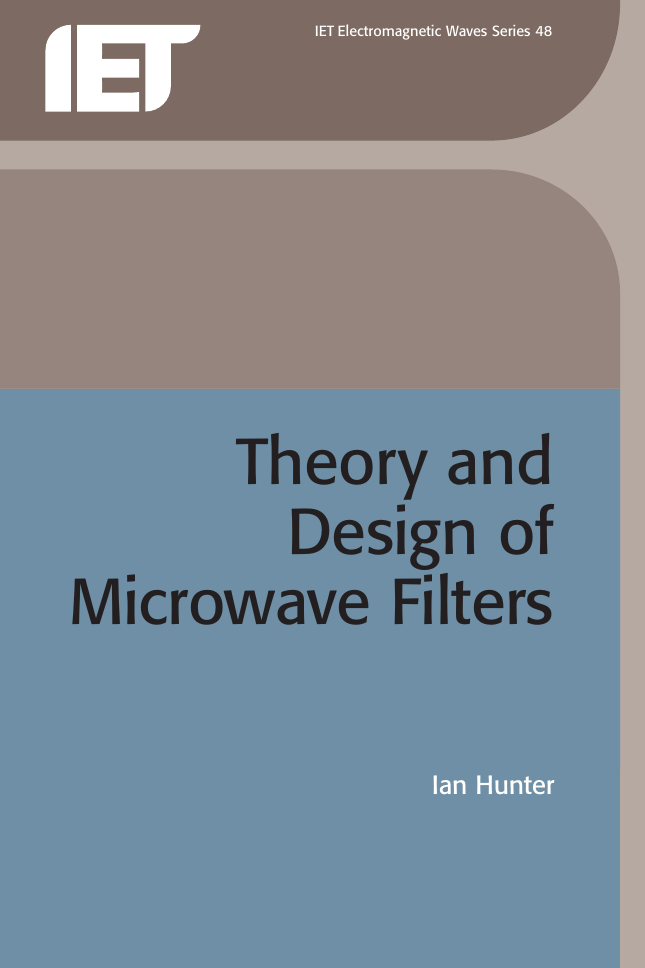

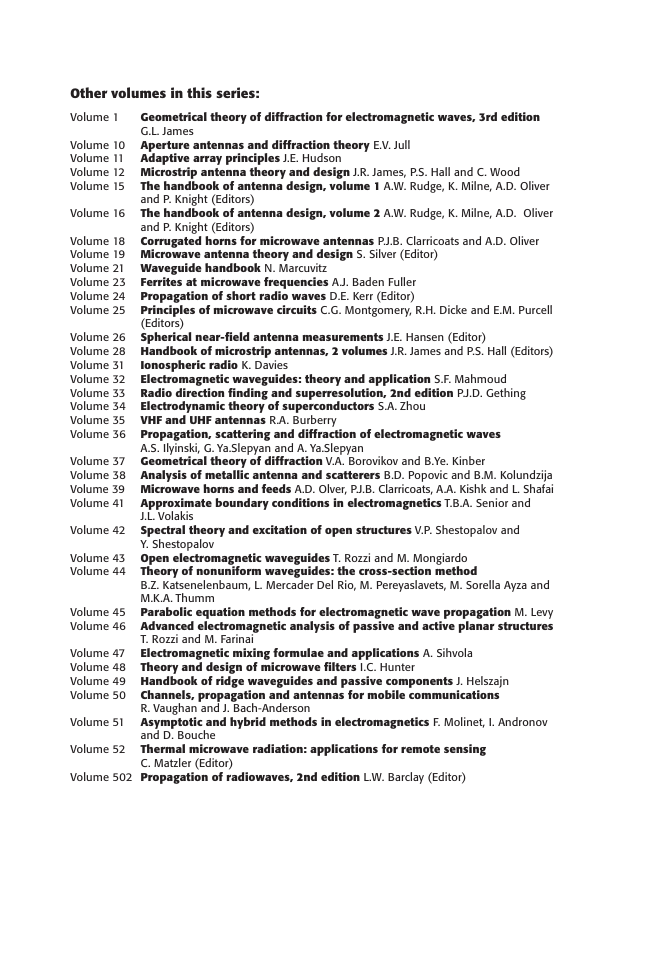
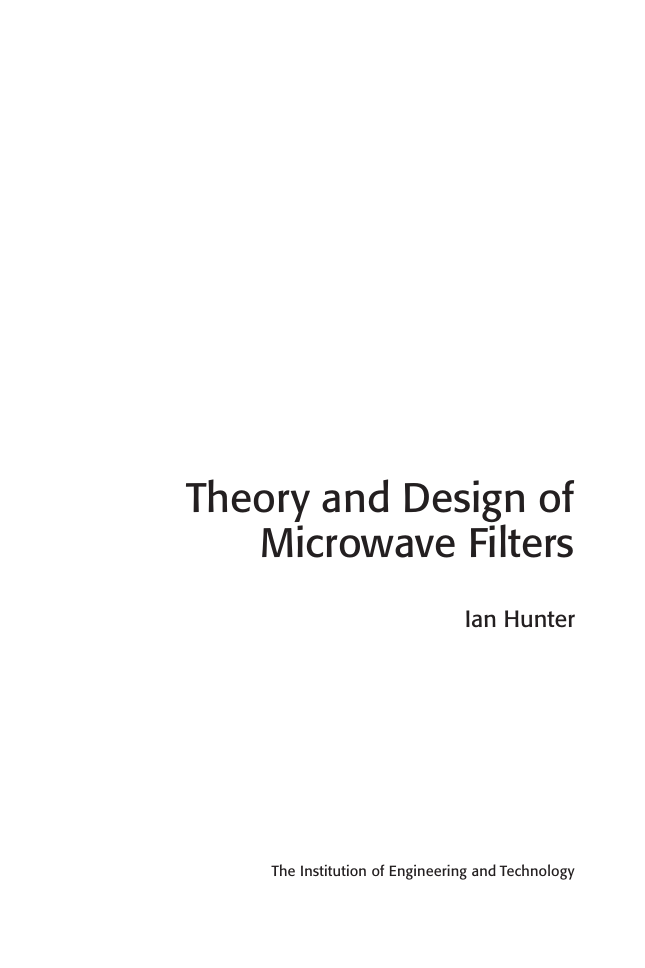
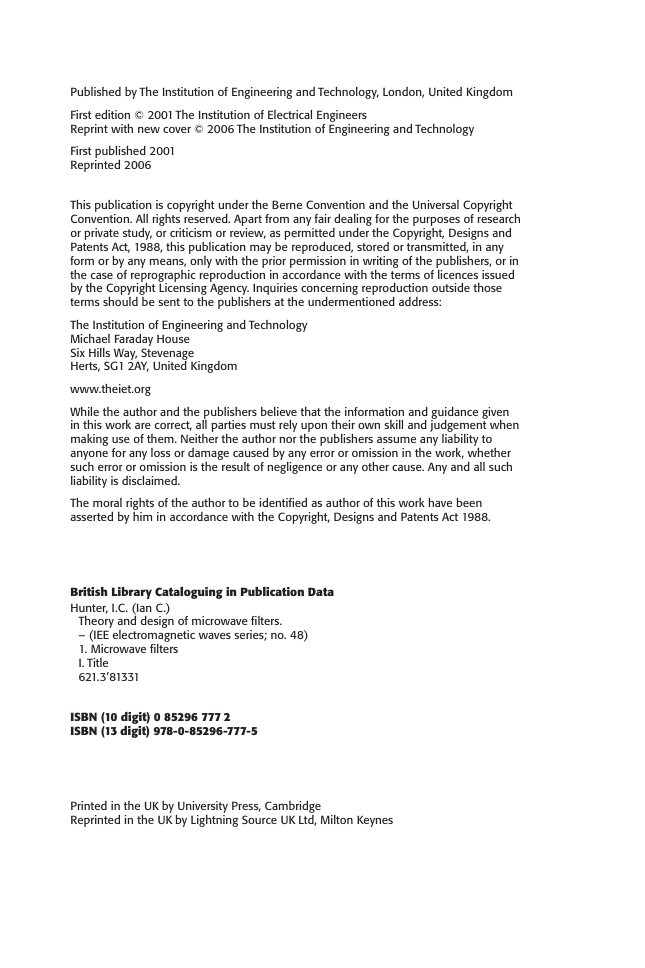
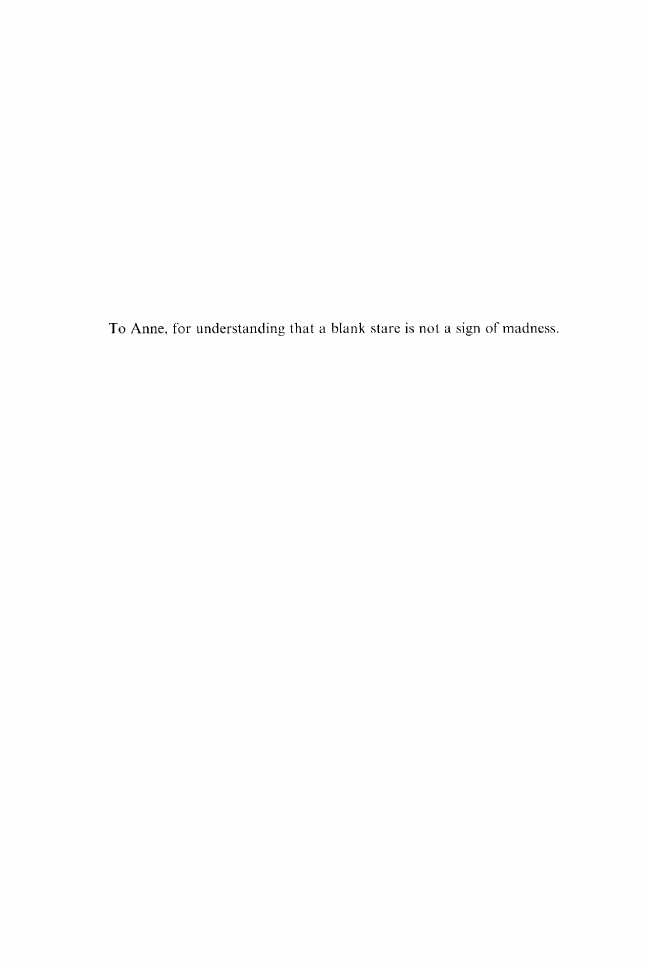

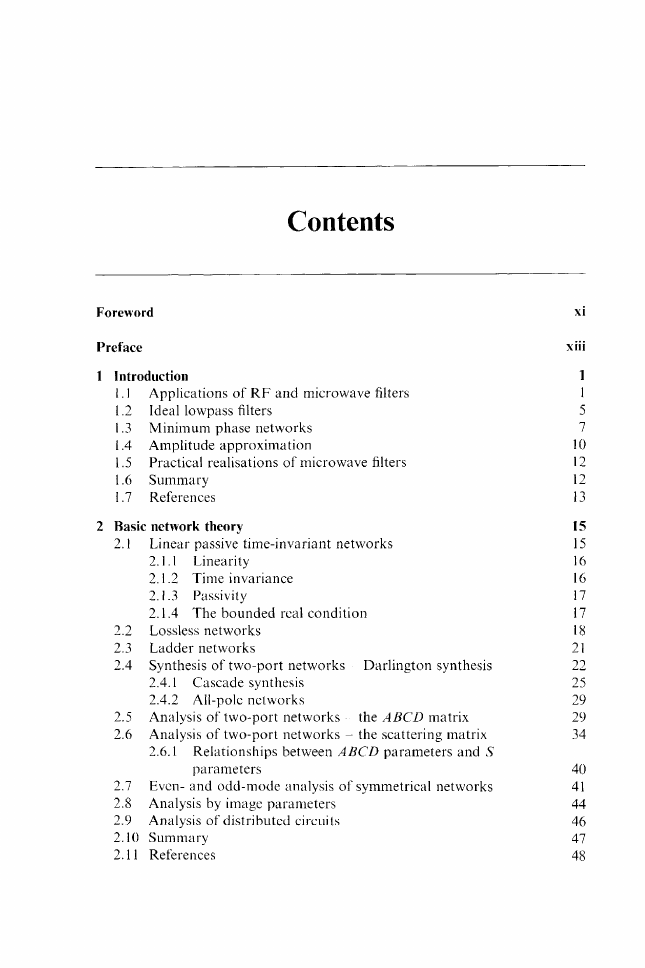








 2023年江西萍乡中考道德与法治真题及答案.doc
2023年江西萍乡中考道德与法治真题及答案.doc 2012年重庆南川中考生物真题及答案.doc
2012年重庆南川中考生物真题及答案.doc 2013年江西师范大学地理学综合及文艺理论基础考研真题.doc
2013年江西师范大学地理学综合及文艺理论基础考研真题.doc 2020年四川甘孜小升初语文真题及答案I卷.doc
2020年四川甘孜小升初语文真题及答案I卷.doc 2020年注册岩土工程师专业基础考试真题及答案.doc
2020年注册岩土工程师专业基础考试真题及答案.doc 2023-2024学年福建省厦门市九年级上学期数学月考试题及答案.doc
2023-2024学年福建省厦门市九年级上学期数学月考试题及答案.doc 2021-2022学年辽宁省沈阳市大东区九年级上学期语文期末试题及答案.doc
2021-2022学年辽宁省沈阳市大东区九年级上学期语文期末试题及答案.doc 2022-2023学年北京东城区初三第一学期物理期末试卷及答案.doc
2022-2023学年北京东城区初三第一学期物理期末试卷及答案.doc 2018上半年江西教师资格初中地理学科知识与教学能力真题及答案.doc
2018上半年江西教师资格初中地理学科知识与教学能力真题及答案.doc 2012年河北国家公务员申论考试真题及答案-省级.doc
2012年河北国家公务员申论考试真题及答案-省级.doc 2020-2021学年江苏省扬州市江都区邵樊片九年级上学期数学第一次质量检测试题及答案.doc
2020-2021学年江苏省扬州市江都区邵樊片九年级上学期数学第一次质量检测试题及答案.doc 2022下半年黑龙江教师资格证中学综合素质真题及答案.doc
2022下半年黑龙江教师资格证中学综合素质真题及答案.doc